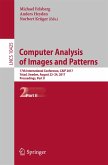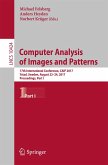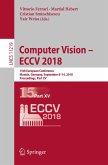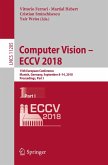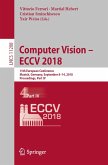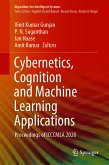The book is divided into three parts, each detailing recent research in different areas of pose analysis. The first chapter provides an overview of human body and head pose analysis, including the fundamental principles of kinematic representation, as well as commonly used datasets and evaluation metrics. The first part, consisting of Chapters 2 and 3, delves into 2D human body pose analysis. The second part, spanning Chapters 4 through 7, covers the latest advancements in 3D human body pose estimation, focusing on inferring 3D positions and orientations of body joints from 2D images or videos. The third part, covering Chapters 8 and 9, presents recent studies on 3D human head pose analysis, encompassing both 3D head pose estimation and prediction. The final chapter concludes by summarizing the techniques discussed and outlining future research directions and applications in human body and head pose analysis.
Dieser Download kann aus rechtlichen Gründen nur mit Rechnungsadresse in A, B, BG, CY, CZ, D, DK, EW, E, FIN, F, GR, HR, H, IRL, I, LT, L, LR, M, NL, PL, P, R, S, SLO, SK ausgeliefert werden.



